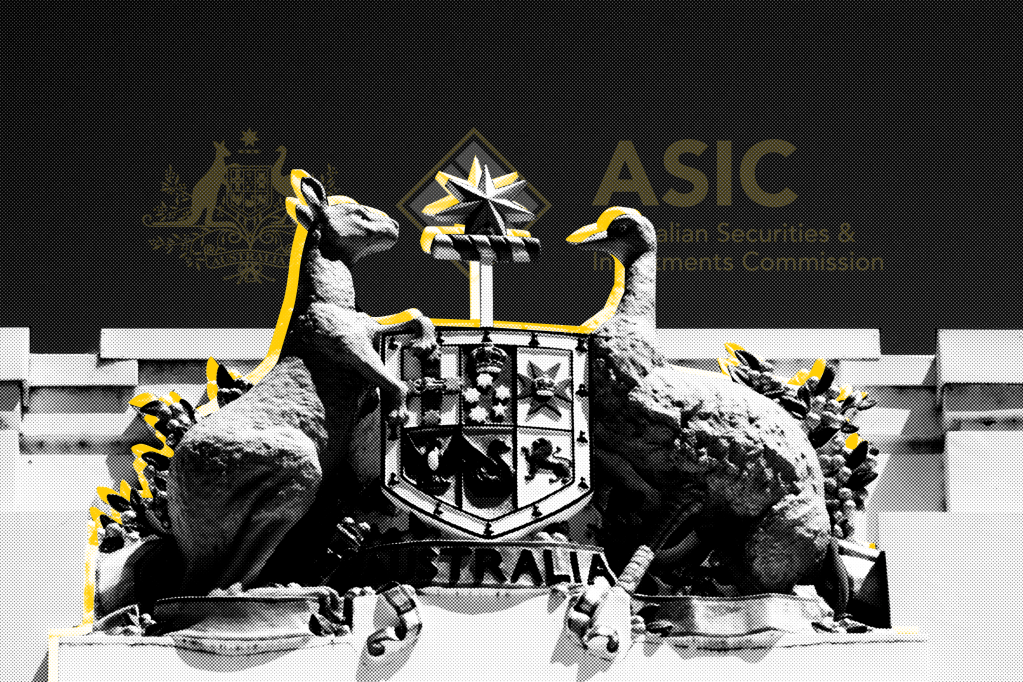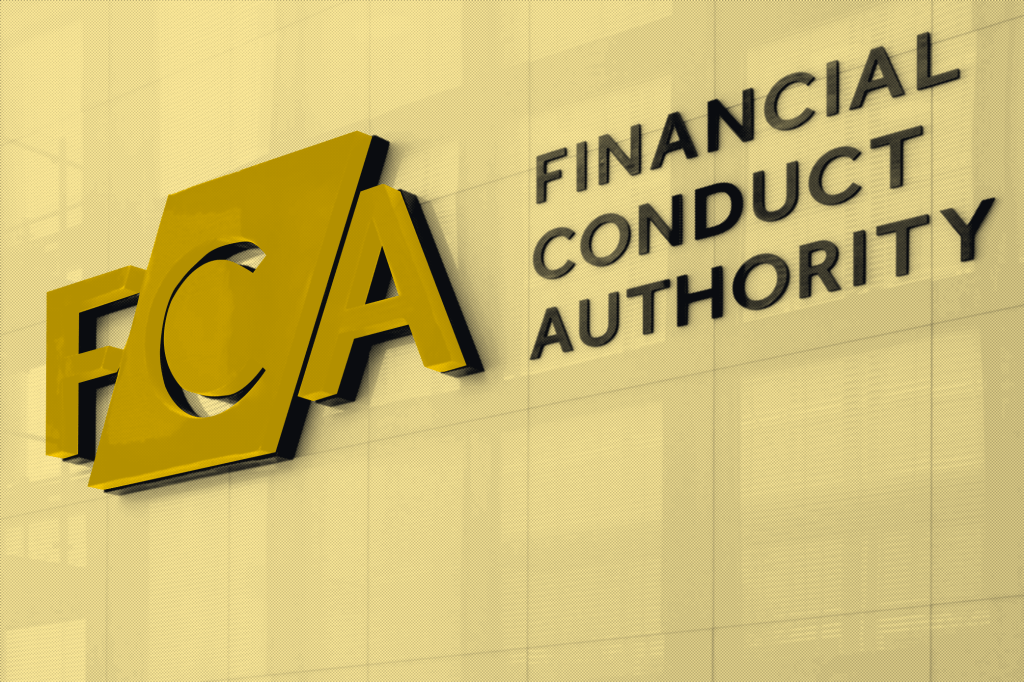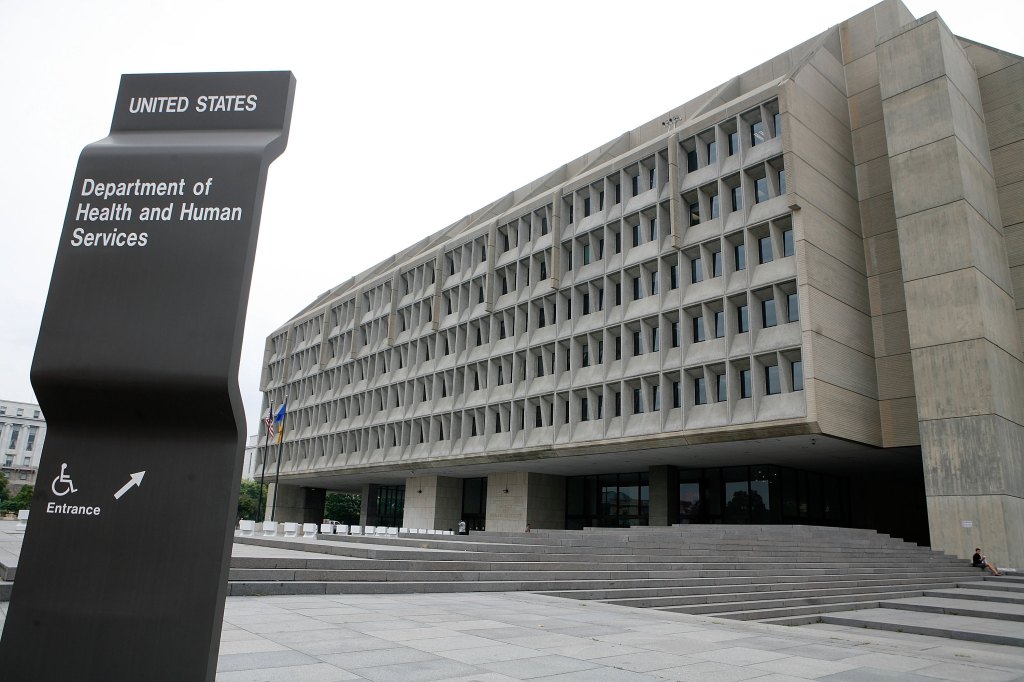Senate Republicans just released a set of principles to guide the development of digital asset market structure legislation, establishing their goals of clearly defining their legal status and allocating regulatory jurisdiction among US agencies, among other things.
It is their latest initiative to regulate the cryptocurrency space following the recent
Register for free to keep reading.
To continue reading this article and unlock full access to GRIP, register now. You’ll enjoy free access to all content until our subscription service launches in early 2026.
- Unlimited access to industry insights
- Stay on top of key rules and regulatory changes with our Rules Navigator
- Ad-free experience with no distractions
- Regular podcasts from trusted external experts
- Fresh compliance and regulatory content every day













